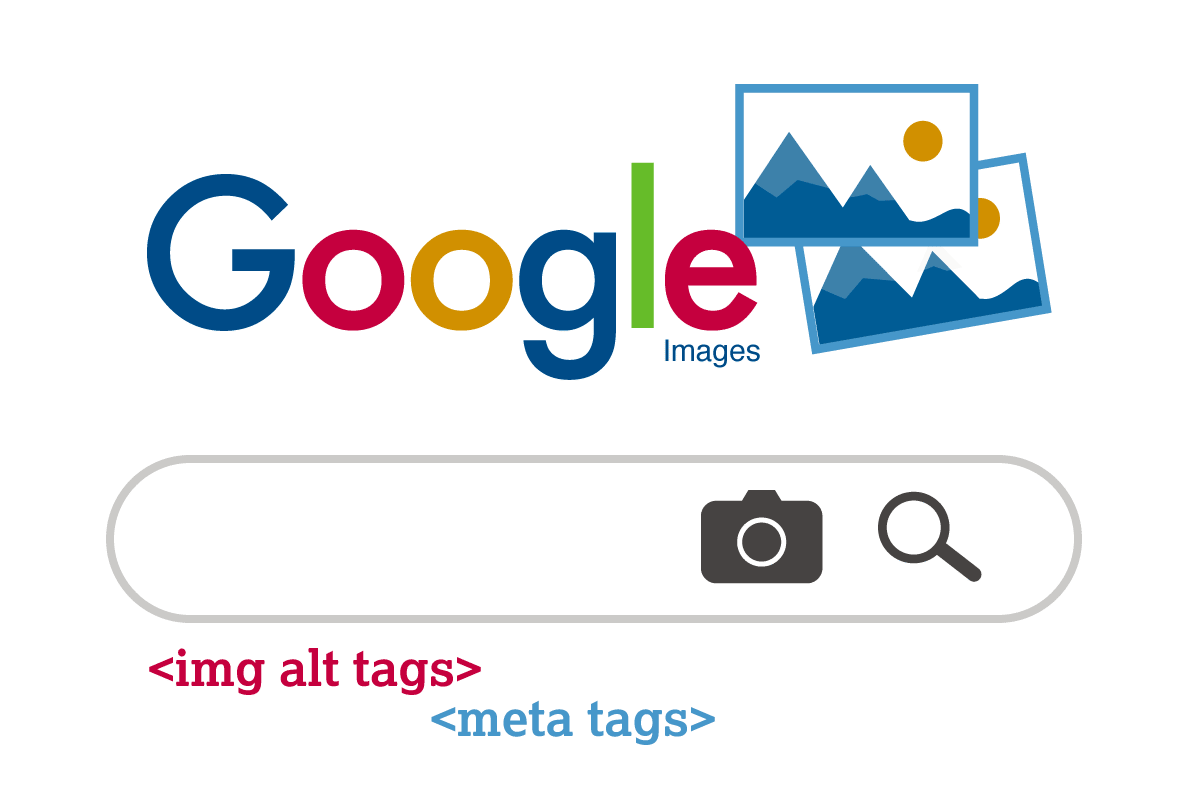How to Optimize Your Website for Image Search

More than 5.5 billion Google searches are done every day, and increasingly searchers are looking for images rather than words.
As of September 2018, 21% of all web searches are Google Image searches. If you want the images on your site to show up as highly ranked search results for those visual searches, you need to optimize your site for image search.
Follow these 10 guidelines to give your website images the best chance of showing up in Google Image searches.
- Use high-quality images in supported formats. If you’re trying to get your images to rank in Google Image searches, use crisp, high-quality images in an image format supported by Google: BMP, GIF, JPEG, PNG, WebP, or SVG.
- Choose relevant images. If an image doesn’t make sense on a page, Google won’t understand why it’s there and will be less likely to deliver it as a highly ranked search result, so all images on your site should be relevant to the content of the page they’re on.

- Put images in the right location on the page. Search engines use the text surrounding an image to identify and contextualize it, so be sure to identify the image in a caption or place images as close as possible to the relevant section of content.
- Add alt tags to images. Image alt tags are small pieces of text that identify the image and display if the image fails to load. For each image on your website, use a clear, descriptive alt tag that accurately describes the image to help search engines identify it and deliver it as a result in appropriate searches.
- Make your site mobile friendly. More image searches are conducted on mobile devices than desktop, so make sure your site is providing a good experience for mobile users. If you’re not sure if your site is mobile-friendly, use Google’s mobile friendly testing tool.
- Generate logical and descriptive URLs and filename for images. Google uses the file path and file name to understand and rank images, so be sure both the URL and the image file name are descriptive and use relevant keywords.
- Include structured data. If you include structured data on a website page, Google Images can display the images on your page as rich results that provide searchers with more information about the page and can drive more targeted traffic to your site.
- Create strong meta data. When ranking images for search, Google looks at the meta title and meta description of the page the image is on in order to create a title and snippet to explain each image search result, so write page meta titles and descriptions that are accurate and relate to the image.
- Optimize images for fast loading. Large images slow down page loading, hurt page rankings, and deliver a substandard user experience. Optimize your images for faster page speed or consider turning pages with images into Accelerated Mobile Pages (AMPs) to decrease load time.
- Submit an image site map. To increase the likelihood that your images will appear in image search results, submit an image site map or add image information to your existing site map.
As image search becomes more important, don't miss the opportunity to use images to attract a higher volume of targeted traffic to your website. For all images on your site, especially product images, follow these guidelines as well as Google Image best practices.

